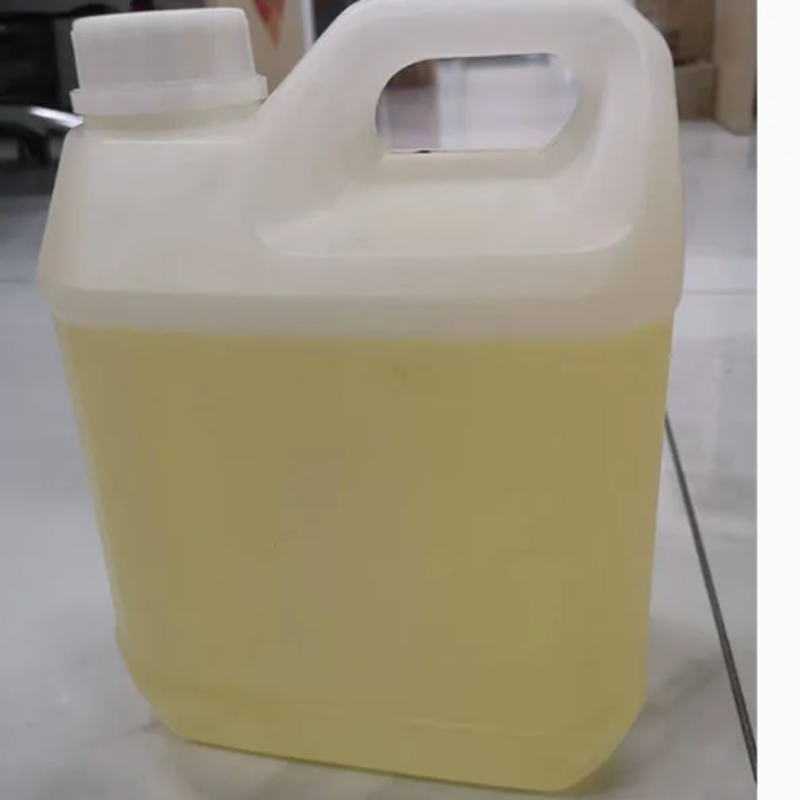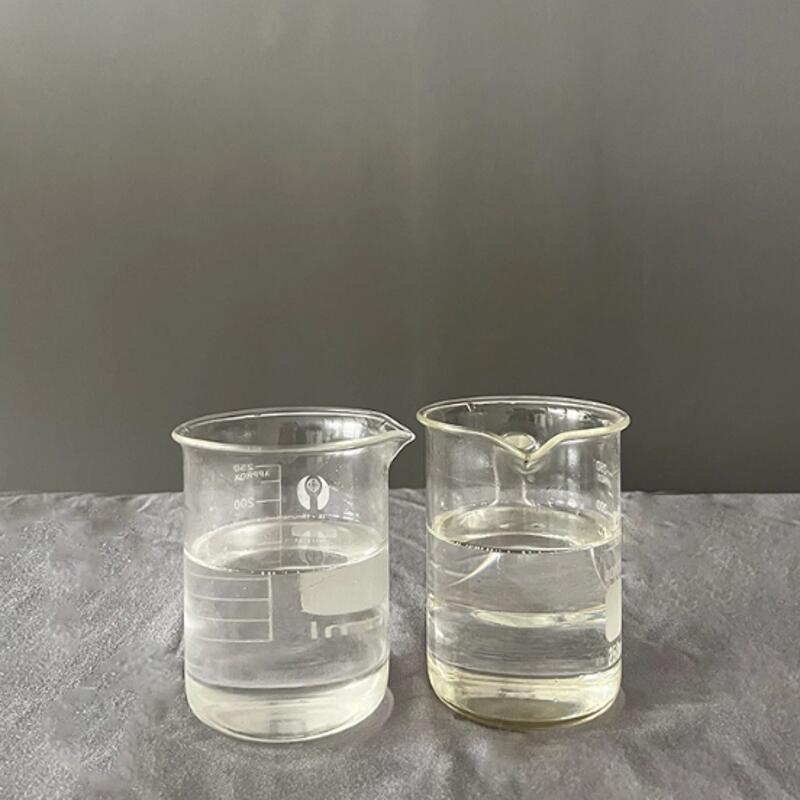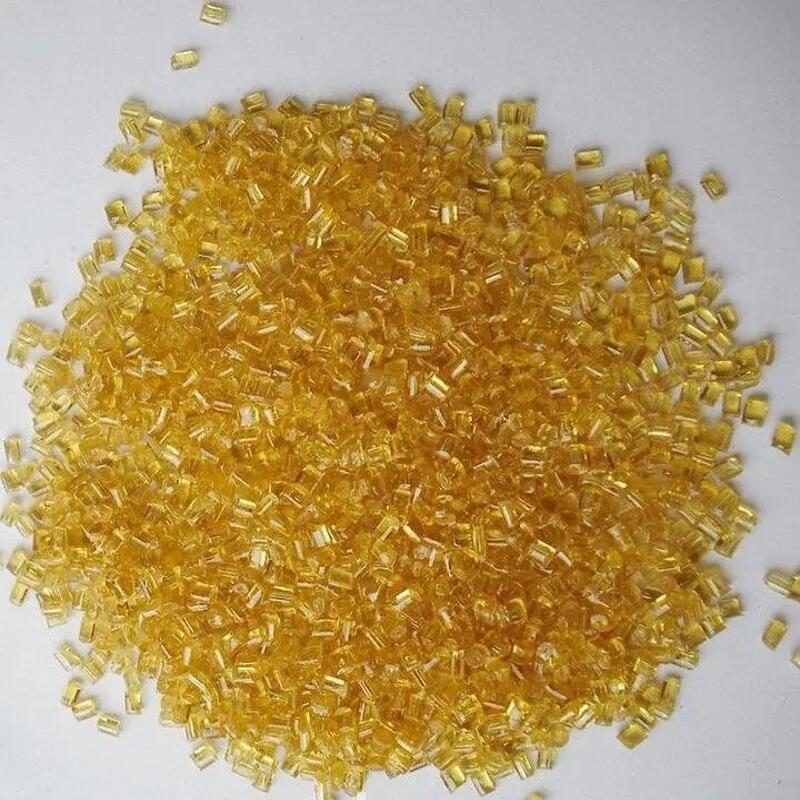-
Categories
-
Pharmaceutical Intermediates
-
Active Pharmaceutical Ingredients
-
Food Additives
- Industrial Coatings
- Agrochemicals
- Dyes and Pigments
- Surfactant
- Flavors and Fragrances
- Chemical Reagents
- Catalyst and Auxiliary
- Natural Products
- Inorganic Chemistry
-
Organic Chemistry
-
Biochemical Engineering
- Analytical Chemistry
-
Cosmetic Ingredient
- Water Treatment Chemical
-
Pharmaceutical Intermediates
Promotion
ECHEMI Mall
Wholesale
Weekly Price
Exhibition
News
-
Trade Service
According to AMPOWER market research, the overall market size of global polymer (plastic) 3D printing in 2020 will be 5.
14 billion euros (about 40.
2 billion yuan).
The printing market size will reach 10.
5 billion euros (about 82.
2 billion yuan)
.
In recent years, four major types of polymer 3D printing processes, namely powder bed, photopolymerization, material extrusion and material jetting, have achieved varying degrees of development
.
Under the joint promotion of 3D printing materials, equipment, additive manufacturing service providers for mass production, and innovative end users, plastic 3D printing technology has clearly surpassed prototypes and moved towards the development trend of final parts production.
, especially playing an increasingly important role in small batch production and large-scale production of complex parts
.
The combination of 3D printing and innovative genes
Bike manufacturer Specialized has spent the past 25 years investing heavily in product research and innovation with the goal of improving the rider's riding experience
.
However, the possibilities offered by traditional production techniques and materials (especially foam) for product innovation have at some point bottlenecked, especially as Specialized looks to make further improvements in bike comfort and rider stability
.
3D printing technology helped Specialized break the bottleneck
.
At this inflection point, Specialized began to explore the free design, rapid development of products through additive manufacturing - 3D printing, and the production of final products
.
Specialized's application of 3D printing technology is divided into two stages.
The first stage is the development of new design prototypes through 3D printing technology, which significantly shortens the development cycle.
The second stage is the direct production of final products through 3D printing technology
.
Around 2016, Specialized purchased the first Carbon M1 3D printer for prototyping and testing
.
The device is based on the Carbon Digital Light Synthesis™ (DLS™) additive manufacturing process
.
The introduction of this device revolutionized the speed at which Specialized's bike parts were developed
.
Specialized was able to use 3D printing technology to shorten the overall development cycle of a bicycle saddle from a typical 18-23 months to 13 months
.
Also in 2016, Carbon and OECHSLER established a partnership to develop a scalable production process based on Carbon Digital Light Synthesis™ (Carbon DLS™) 3D printing technology to produce different types of sports products on a large scale for a world-renowned sporting goods brand.
3D printed sporting goods parts
.
OECHSLER builds capacity for large-scale additive manufacturing of plastic parts, with more than 150 3D printers at its global production sites in Germany, the US and China (Taicang), producing more than 1 million 3D printed parts per year since 2019
.
As of 2020, both Specialized and OECHSLER have built up deep expertise in DLS™ 3D technology
.
The two parties cooperated with the goal of "creating the most comfortable performance bicycle saddle"
.
Based on Carbon's 3D printing technology, Specialized has developed a Mirror technology-driven S-Works innovative product that expands product functionality to an unprecedented level with a design based on additive manufacturing thinking
.
With a vision for further breakthroughs, Specialized recently launched the S-Works Romin Evo, its next-generation bicycle saddle with Mirror technology
.
■The innovation of this product is the result of a close collaboration between Specialized, Carbon and OECHSLER and represents a unique riding experience
.
When the three companies came together in the second half of 2020, the challenges that existed in the process of S-Works Romin Evo bicycle saddles from development to additive manufacturing mass production were solved
.
From rapid R&D iteration to mass production, enabling added value creation
The development of the S-Works Romin Evo saddle began by analyzing feedback from riding testers, gathering data from stress tests, and using the results of previous development processes
.
Engineers at Carbon and OECHSLER translated these into technical specifications
.
The time in the design phase of a new product was very limited, but the collaborative team developed and tested 14 different designs during the design phase based on DLS™ 3D printing technology.
The short iteration cycle allowed the design department to collect a large amount of data in a typical design iteration cycle.
, including testing, collecting and analyzing data, and incorporating these into design iterations, an average of 21 days
.
Comparison of pressure map between S-Works Romin Evo 3D printed saddle and traditional foam saddle
Achieving rapid iteration of new product development is only one of the goals achieved by the cooperative team
.
Another important task is to use additive manufacturing design thinking to change the design of bicycle saddles and bring about a new generation of innovative products
.
The S-Works Romin Evo was developed for the performance bike market, which must meet the highest levels of rider perceived comfort, pelvic stability and soft tissue health
.
Poor seat comfort can lead to injuries and chafing that directly affects a cyclist's performance
.
Clearly, Specialized needed more than just a bicycle saddle, but the added value that the product would bring to the rider
.
The deeper cooperation between Specialized, Carbon and OECHSLER is to create a new riding experience for the end user of the bicycle
.
The core technology of this bicycle saddle is a 3D printed lattice lattice structure, the damping and energy recovery properties of the structure can be determined by the geometry of the lattice, the thickness of the 22,000 lattice links and the size of the unit cell programming to achieve
Taking advantage of 3D printing technology's ability to fabricate complex structures, different areas in the S-Works Romin Evo bicycle seat have different 3D printed lattice structures, resulting in different damping properties and better comfort
.
According to OECHSLER, overall, the saddle pressure is reduced by 18%-26% compared to conventional foam
.
The Romin Evo bike seat from S-Works is 260mm long, 143mm or 155mm wide and weighs 190g
.
After the product design prototype is determined, it will enter the stage of mass production of the product
.
OECHSLER optimizes 3D print files for series manufacturing based on the final design prototype to increase yield, speed up production and reduce environmental impact without compromising performance and design
.
To achieve the matte look of the S-Works Romin Evo saddle, the 3D printed saddle needs to be post-processed
.
OECHSLER's process specialists developed and validated a laser-based ultra-light post-processing process for this requirement within four months
.
After OECHSLER joined the development project of the S-Works Romin Evo 3D printed bicycle seat, it took six months from the finalization of the design prototype to the industrialization, and a total of ten months from design to additive manufacturing serial production
.
More expectations for high-quality consumer product innovation
Specialized in the above case is a business dedicated to creating value for its bicycle users in all aspects of its products
.
Innovation is part of Specialized's DNA, and in the process, they continue to push the boundaries of traditional manufacturing techniques and set new standards in the bicycle market
.
Using additive manufacturing-3D printing technology as a product innovation and manufacturing method, there are still challenges in innovative thinking, supply chain transformation, and the process itself
.
The road is long and long, and the road is coming
.
Whether it's bicycle seats or other sports equipment, car interiors, furniture, packaging for high-end beauty products.
.
.
Additive manufacturing combines with the innovative genes of consumer goods manufacturers to create higher performance, higher quality or unprecedented innovation in manufacturing The potential in the product area is worth looking forward to
.







